The Mountains: A Sanctuary of Strength
There was a time when even the smallest daily tasks felt insurmountable. Opening my mail filled me with dread—what if it was another demand, another expectation I couldn’t meet? Life pressed in from all sides, overwhelming me until even the act of existing felt like too much.
But the mountains—they were my sanctuary. Their vastness gave me space when I had none, their distance offered a shield when I felt exposed. Up there, wrapped in their quiet embrace, I felt untouchable. The weight of expectation couldn’t reach me, the noise of the world couldn’t find me.
I remember sitting at the summit, looking down at the valley below. The cars, tiny as toy models, rolled along their roads, people moved like scattered ants. From this height, the problems that had seemed so enormous shrunk.
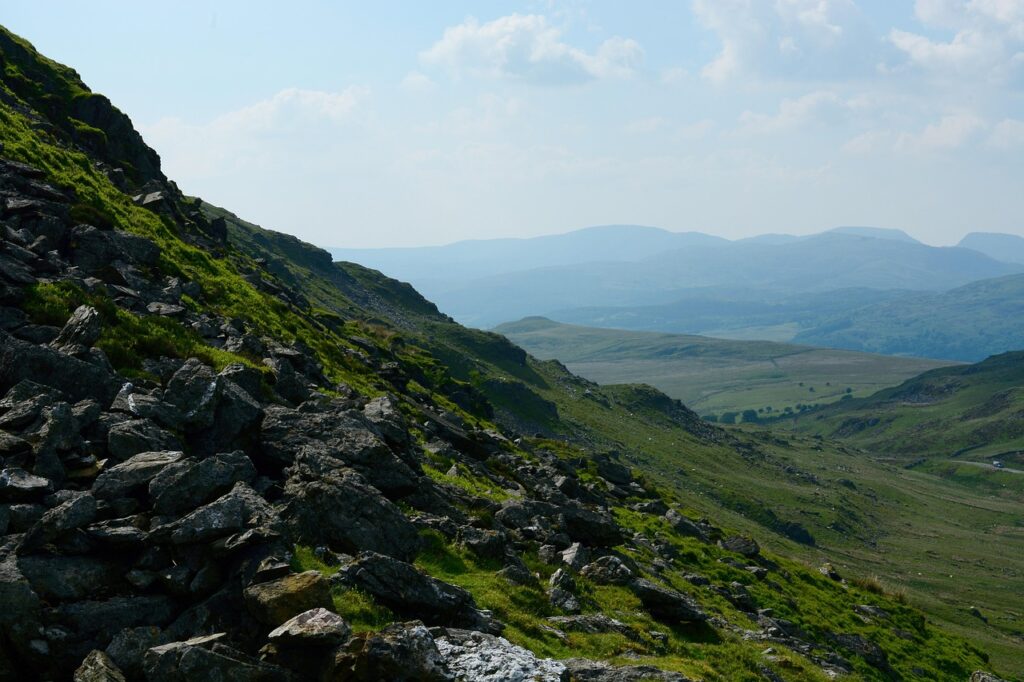
Perspective shifted. The things that had felt impossible didn’t seem so vast anymore. Here, high above it all, I was protected—sheltered by the mountains themselves.
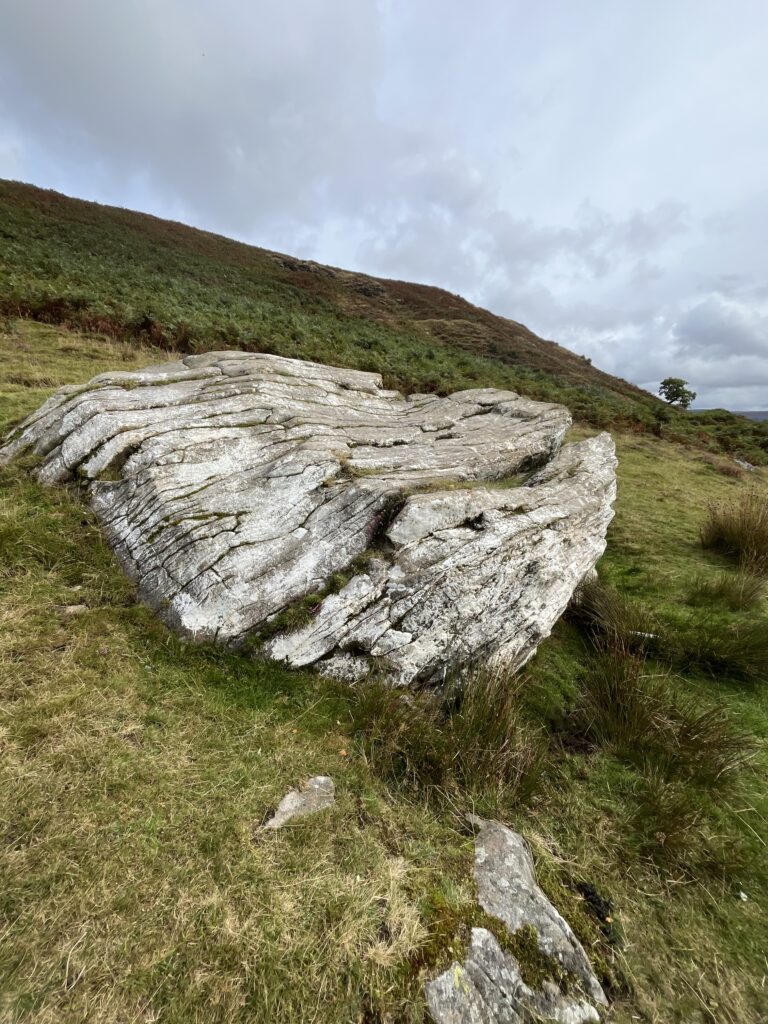
The mountains have always been my safe space. As a child, they were my playground—just a short climb from home, always within reach. My sister and I would pack sandwiches, a bottle of squash, and a couple of toys before heading up, disappearing into a world that felt boundless. While others feared the adders, we understood the land’s rhythms, moving carefully but without hesitation. What they avoided became our refuge—what they saw as danger became our haven.
Their fear kept them away, but the mountains had never given me reason to fear them. They held space for me in ways the world below could not. And as I’ve gotten older, they have provided a safe space for me to return to again and again—a constant in an otherwise uncertain world.
The Shaping of Time
The mountains we see around South Wales today have undergone immense transformation over time. Their earliest shaping began during the last Ice Age, a period spanning 1.6 million years ago to 10,000 years ago. As giant glaciers expanded and contracted, melting and reforming, they carved deep valleys and towering peaks into the land. The sheer force of ice and meltwater chiseled away at the rock, sculpting the rugged terrain that now stands as a testament to nature’s slow but powerful artistry.
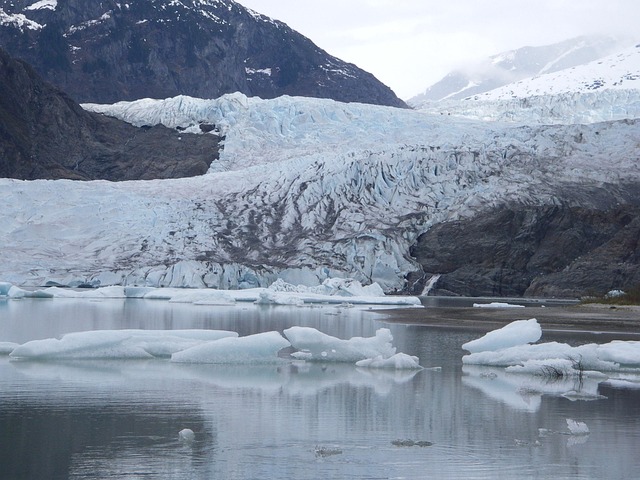
Nature’s Sculptors
Over thousands of years, the mountains stood as silent witnesses to the relentless forces of nature. Driving rain carved channels into their slopes, gale-force winds stripped and reshaped their ridges, and snow and ice pressed deep into their crevices. Each season left its mark, each storm contributing to the jagged edges of their peaks and the deep contours of their valleys. What was once shaped by glaciers continued to evolve under the steady, patient hand of time—weathered, yet unwavering.
Ravaged, Yet Resilient
For centuries, the mountains stood untouched, shaped only by the elements. But then came the coal mining era—a time when the land was torn apart from within and without. Deep beneath their surface, tunnels were carved, veins of coal extracted, leaving behind hollowed-out chambers and unstable ground. Above, the landscape was stripped bare, scarred by slag heaps and industrial expansion.
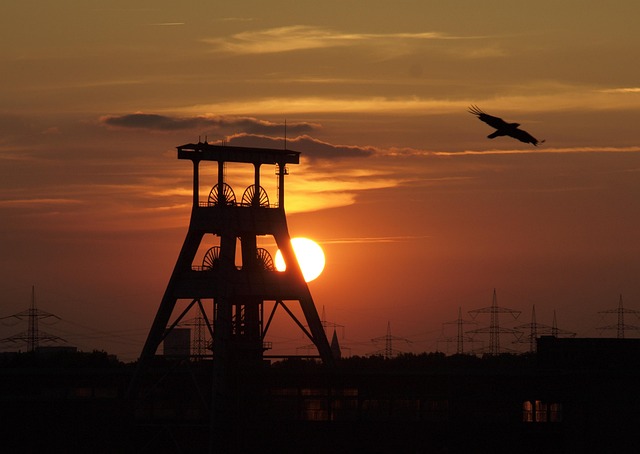
The mountains bore the weight of human ambition, their slopes reshaped by machinery, their valleys filled with waste. The coal industry changed everything, altering ecosystems, displacing communities, and leaving behind wounds that would take generations to heal.
And yet—still they stand. Weathered but unwavering, they remain a steady constant, watching over the valleys below. Their resilience is undeniable. Even after all they have endured, they continue to offer sanctuary—to those seeking refuge, to those searching for perspective, to those who, like me, have found solace in their quiet strength.
The Landscape as a Keeper of Memory
Standing atop the mountain, it’s easy to imagine the echoes of those who once lived here. Centuries ago, the Silures and other Celtic ancestors may have chosen these heights not only for protection but for sustenance—the fresh springs offering water, the valley below providing grazing and foraging, their homes built upon the land’s natural vantage points. Life was shaped by the rhythms of the landscape, and in turn, the land carried their imprint.
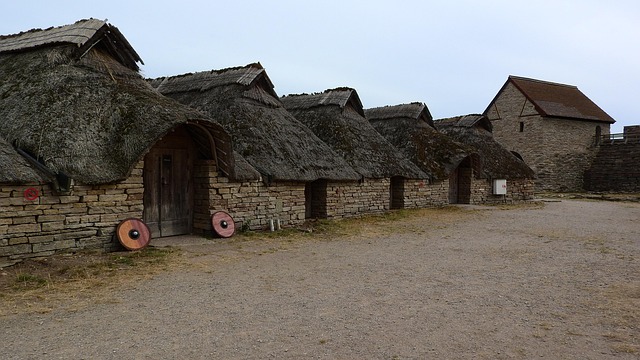
The Celts lived closely with the land, understanding its cycles, its gifts, and its challenges. They built their homes using oak and hazel, strong woods that provided shelter and warmth. For food, they relied on wild garlic, chicory, and wimberries, gathering what the land naturally offered. The Celts turned to the land for healing, using yarrow to staunch wounds, meadowsweet to ease pain, and elderberries to strengthen the body’s defense
Echoes across the land
Though centuries have passed, the essence of their way of life lingers. People still walk these same slopes, still follow the paths worn by generations before them. Every summer, they continue to collect wimberries on these mountains—just as their ancestors did, hundreds of years ago.
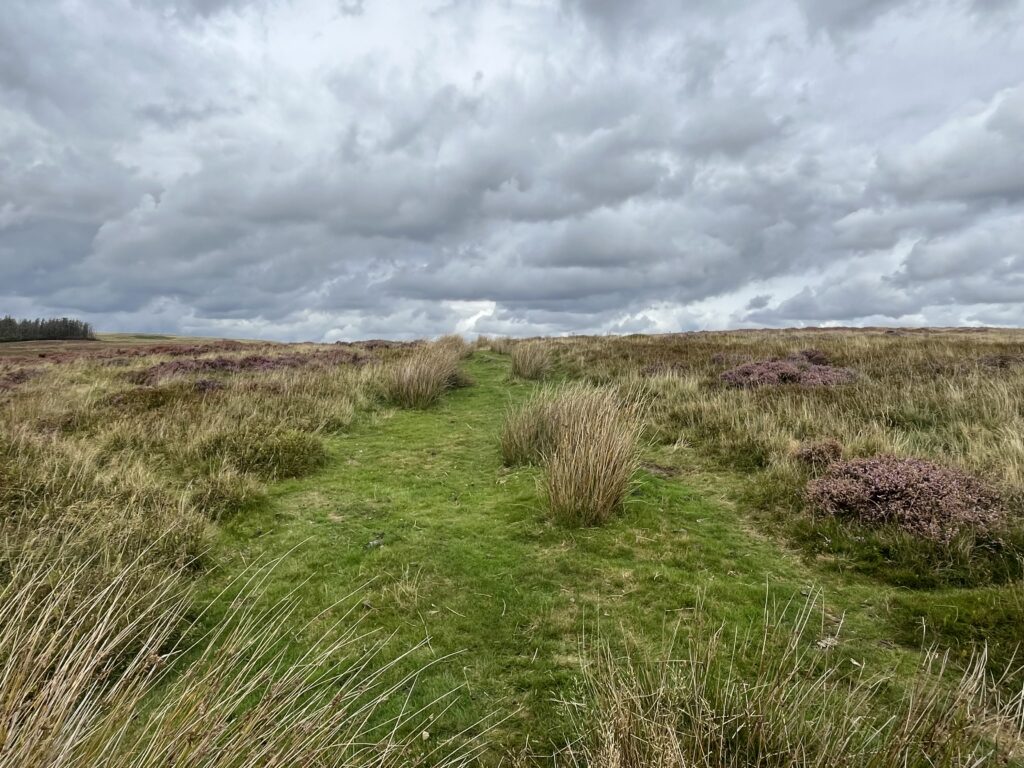
Despite all that the mountains and valleys have endured, their gifts have returned. The wild plants that once nourished, healed, and sustained the Celts still thrive—yarrow in the fields, meadowsweet by the streams, elderberries hanging heavy in autumn, wild garlic scenting the air in spring. The land, scarred yet unconquered, is reclaiming its former abundance—offering the same quiet generosity to those who seek it.
Still Here
The Silures may no longer walk these lands, but the mountains remain, carrying an energy of persistence and resilience—reminding us that, like them, we too have endured.
Our battles may differ from those of our ancestors—whether in the struggle to make ends meet, the weight of grief and loss, or the silent wars fought within ourselves—but we share the same spirit of resilience.
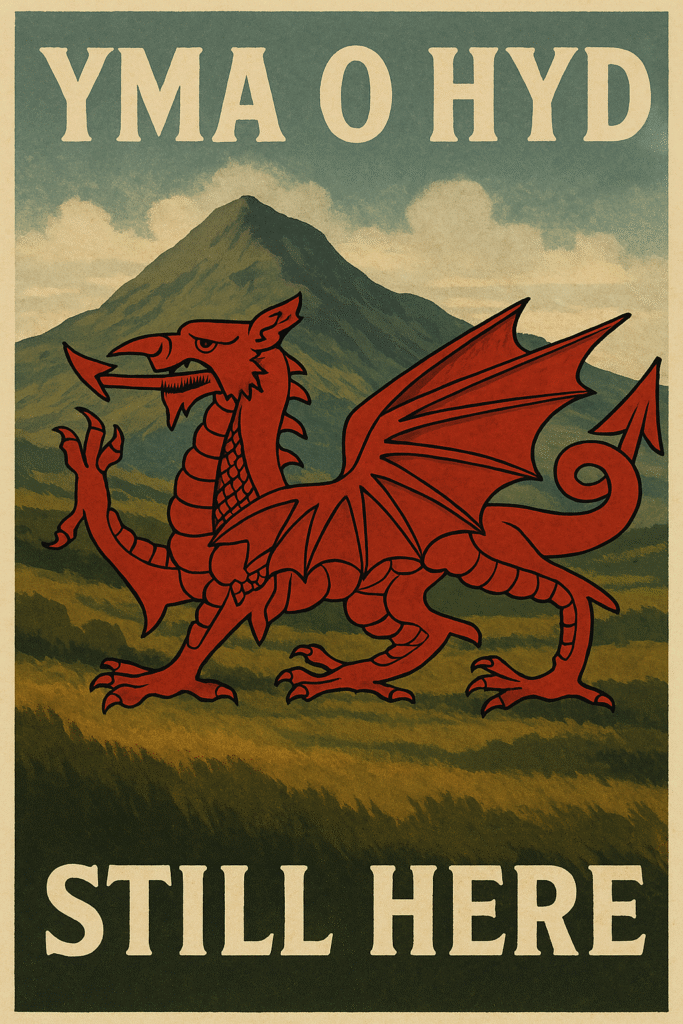
We persist. Despite attempts to erode culture, language, and identity, just like the mountains that surround us, we remain, I remain.
Yma o hyd.
Explore how the land continues to heal and hold us here
From summit to shoreline: reflections on what we carry with us and what we leave behind. Read more in my Salt, Seaweed & Self Surrender at the Shoreline post.
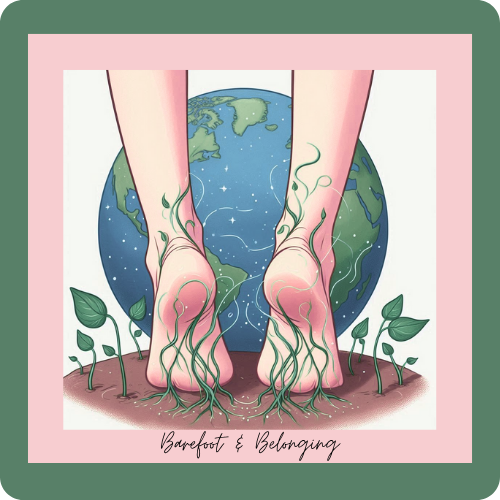
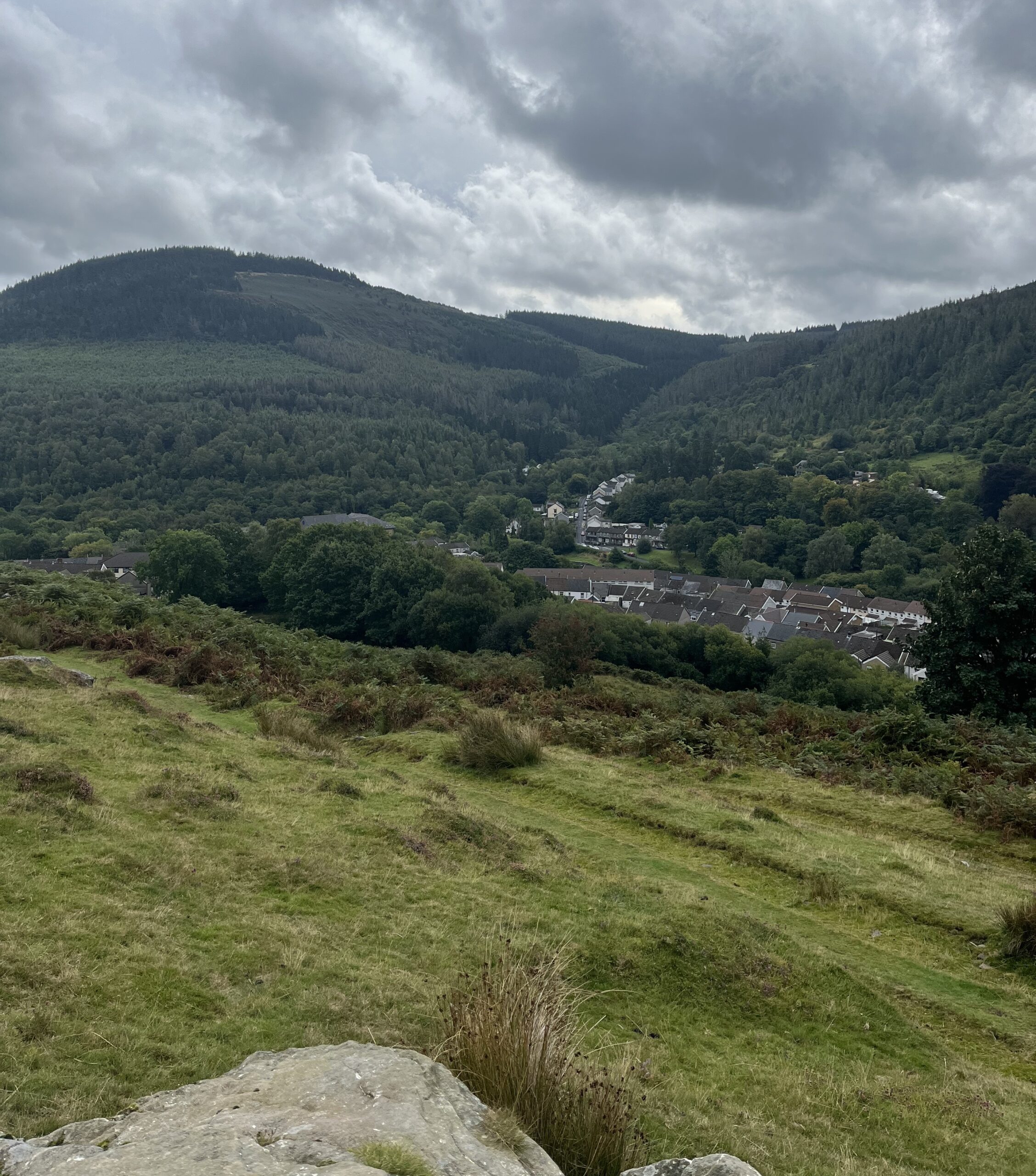
Leave a Reply